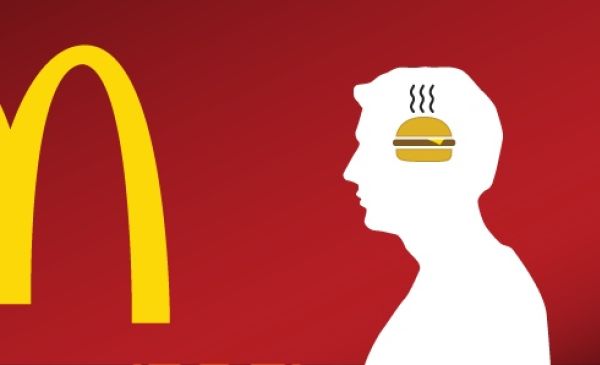When a customer complains about your product, service, guarantee, or website, it’s not always because the quality was lousy. It may have been because you didn’t manage that customer’s expectations.
Even when I was a kid, I noticed when a new LEGO kit came with a couple extra bricks. I loved it! I actually thought LEGO was giving me something extra, an unexpected bonus. A gift! For me! Decades later, I realized those “extra” blocks weren’t really special gifts. They were, of course, the result of operational expedience and economy. The number of blocks in a box is determined by optimal running requirements of whatever production line is operating.
Little I knew, yet how happy I was! And how often I spoke to my friends about my joy. The recollection is instructive. How often does any brand actually over deliver? What brand lately has given you more than you expected? To answer that apparently simple (yet actually complex) question, you must analyze what you, as a consumer, expect of a brand.
Expectations vary depending on what a brand communicates to its audience and individual perception of that message. Most companies over promise and under deliver.
A rare few do the opposite. Louis Vuitton, maker of luxury leather goods, doesn’t explicitly offer a lifetime warranty on its products. In fact, the company’s documentation states a charge will be applied for repairs. The salesperson to whom you return your faulty product reiterates this when you take it in for repair. But when you come back to collect your item, you’ll almost never pay for the service. The salesperson assures you this was done especially for you.
Does this build your brand? Certainly it does. The tactic leaves consumers feeling they got more than they expected. It makes them feel happy and inclined to tell other people about the experience. Word of mouth is a powerful brand-building tool — when those words are positive.
Have you built an over delivery component into your brand’s operations that might inspire customers to rave about you to friends? Have you designed an unofficial policy that ensures customers will be delighted by your brand, now and in the future? Is a practice in place to confirm your brand thrives on seeing smiling faces leaving the store?
The potential for over delivery is everywhere. It’s behind the promises your brand makes. It’s about what consumers can do on your website. It’s at home in e-newsletters. Your guarantee, stated response times, average waiting times, service statements — all are opportunities to under promise and over deliver. If I’m told you’ll respond to my e-mail within 48 hours, do it within 24. If I’m told the warranty is for 12 months, don’t deny service if I arrive with a faulty product 12 months and 9 days after purchase.
Branding still seems to be logo-fixated. It’s viewed by some as a matter of plunking that logo in the upper right- hand corner of every piece of communication. Sorry to say, brand building does not stop with the logo. Branding is communicating the spirit of your brand. The more credible and strongly defined your brand’s spirit, the more widely its reputation spreads. It spreads by word of mouth, the ultimate branding technique. It is one you can’t buy but is worth its weight in gold.
Word of mouth relies on exceeded expectations. Manage your customers’ expectations. You’ll be rewarded with their loyalty and the power of their word.
The Blake Project Can Help: Disruptive Brand Strategy Workshop
Branding Strategy Insider is a service of The Blake Project: A strategic brand consultancy specializing in Brand Research, Brand Strategy, Brand Licensing and Brand Education




